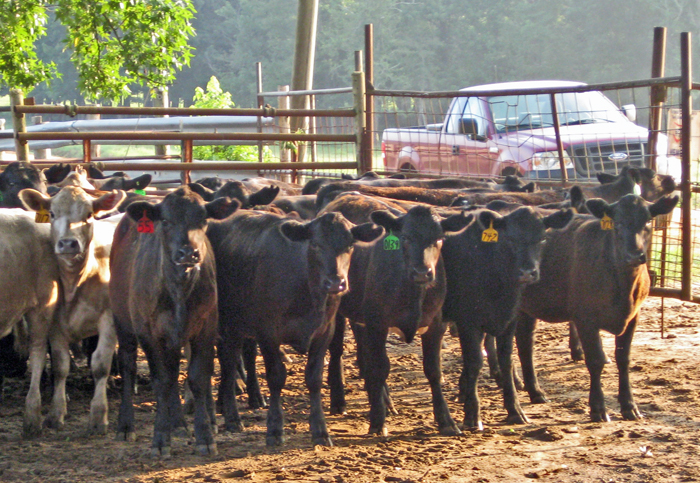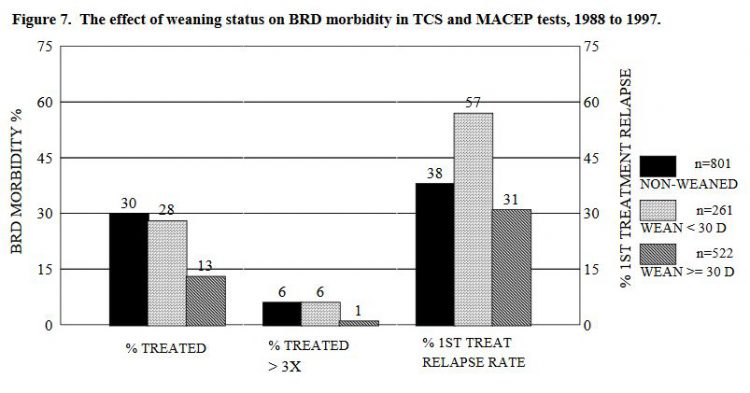
Weaned calves from Bar L Ranch, Marianna were recently included in the SE AL SAFE valued-added board sale. These cattle topped the local market because they were fully vaccinated and were weaned for 60 days before delivery.
–
Glenn Selk, Oklahoma State University Emeritus Extension Animal Scientist
–
The “Value-Added” calf sales were held all across the country in late summer and fall. Most of the “Value-Added” calf sales require that the calves are weaned at least 45 days prior to sale date. Some cow calf producers may wonder why the post-weaning period needs to be so lengthy.
Data from Iowa (Faber, et al. 1999 Iowa State University Beef Research Report) over a nine year period in a couple of their feedout tests compared the health status of calves weaned less than 30 days to calves weaned longer than 30 days. Data from over 2000 calves were summarized. Calves that had been sent to a feedlot at a time less than 30 days had a higher incidence of bovine respiratory disease (28%) compared to calves weaned longer than 30 days (13%). The percentage of calves that required 3 or more treatments also was significantly different (6% versus 1%) in favor of calves that had been weaned more than 30 days. In fact the calves weaned less than 30 days were not different in health attributes than calves that were weaned on the way to the feedlot.

Source: The Costs and Predictive Factors of Bovine Respiratory Disease in Standardized Steer Tests. 1999 Beef Research Report — Iowa State University
–
A summary of this lengthy study can be found using the following link: The Costs and Predictive Factors of Bovine Respiratory Disease in Standardized Steer Tests . Vac-45 calves apparently have a real advantage in terms of health compared to calves weaned for less than a month, or those weaned on the way to the livestock market for sale date. Certainly part of the “value” in value-added calves can be attributed to properly applied vaccinations. However, there is little doubt that a portion of the improved health is due to the length of time between weaning and the movement of calves to the next owner.
